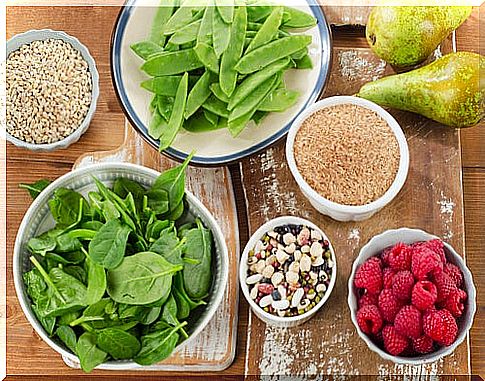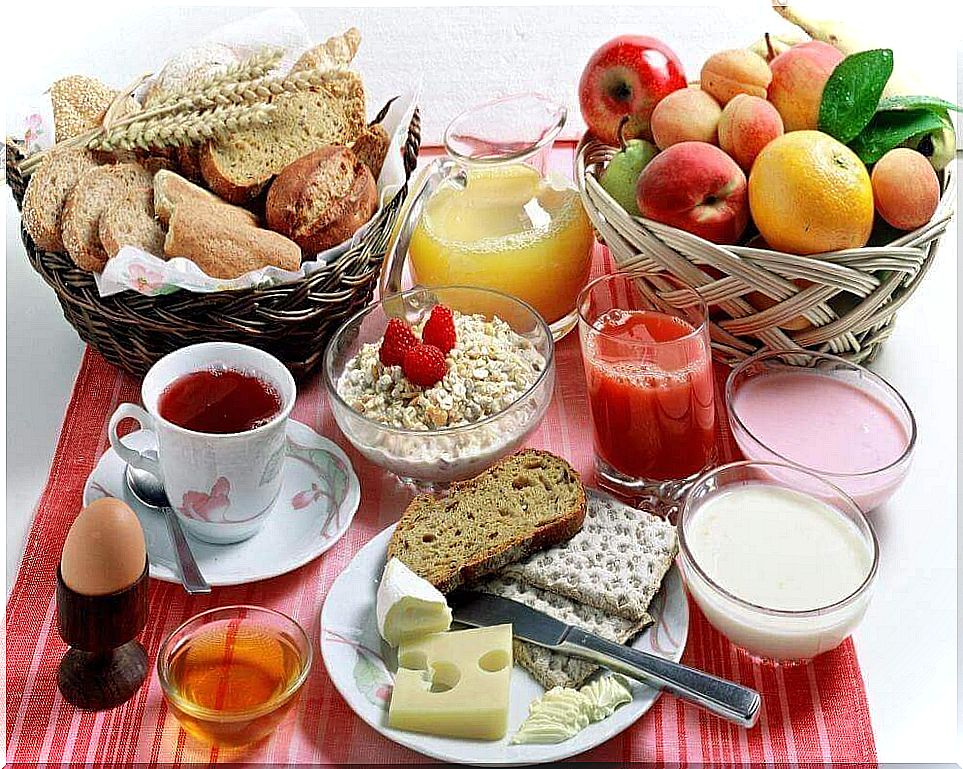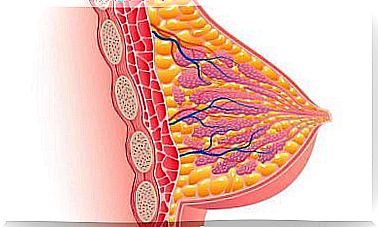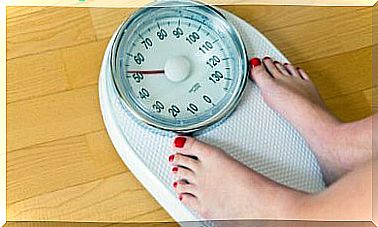Menus To Relieve Constipation That You Will Like
Menus to relieve constipation are simple meal plans that propose to include those foods that promote intestinal transit. Best of all, they are balanced and low-calorie proposals.

Menus to relieve constipation are simple daily meal plans that propose increasing the consumption of foods that stimulate intestinal transit. Through these, the intake of dietary fiber is increased, a key nutrient for optimal digestion.
Constipation is one of the disorders that most affect the population due to poor eating habits. It is defined as the difficulty in having normal bowel movements, since stools tend to be hard and dry. Due to the effects it produces in the body, the person feels inflamed and sick. In fact, when it is not given timely treatment, it can affect the appearance of other digestive and inflammatory diseases.
Today there are many laxative products that can help you fight it in a short time. However, the safest and healthiest way to deal with it is by improving your diet. Therefore, below we want to share some menus that help to control it.
The best menus to relieve constipation without drugs
Food can be the cause or the solution to constipation, it all depends on the choices that are made. If instead of consuming processed products, foods of organic origin are increased, intestinal discomfort begins to be a thing of the past.

It is essential to achieve a combination of foods that can stimulate intestinal peristalsis (the natural movements of the intestine). In this way, the passage of feces through the digestive tract improves and its elimination is achieved without so many difficulties.
Foods allowed on menus to relieve constipation
There are a wide variety of foods that contain essential nutrients that help improve gut health. Due to this, its regular intake can serve as a preventive or treatment of disorders such as constipation. What are the most recommended?
- Raw fruits and vegetables.
- Whole grains.
- Nuts and seeds.
- Vegetable broths.
- Herbal infusions.
- Fruit juices and smoothies.
- Olive oil.
- Natural yogurt.
- Kefir and probiotics.
- Vegetable milks.
- Legumes (moderate portions).
Almost all of them are characterized by their fiber content, a substance that has been shown to be capable of preventing constipation. Thanks to it, the volume of the fecal bolus is increased, thus acting on the mechanoreceptors found in the walls of the intestine.
In turn, it is also important to include products or foods in the diet that have probiotics in their composition. These compounds have the ability to prevent intestinal pathologies such as diarrhea and constipation. This is confirmed by a study published in Advances in Nutrition.
Forbidden food
Although many ignore it, ultra-processed foods increase the chances of suffering from constipation. Therefore, it is essential to try to exclude them as much as possible from the regular diet so as not to suffer further complications. In this way, the foods recommended above have a better effect.
Some products to avoid are:
- Refined flour and sugars.
- Excess sodium
- Pasta and white rice.
- Fried foods and packaged snacks .
- Stuffed and cured meats.
- Canned products.
- Junk food (in all its varieties).
- Soft drinks and sodas.
This class of foods also contain large amounts of simple sugars in their composition. This ingredient has been shown to be capable of promoting obesity and the development of metabolic pathologies.
Examples of menus to relieve constipation
The menus that we propose below are just an example of how the diet should be to avoid constipation. Therefore, in addition to eating the foods that are proposed, you can also create dishes with the recommended foods.

Breakfast options
- Low-fat plain yogurt, whole wheat toast spread with applesauce, three figs and dried plums, and a cup of infusion.
- Lactose-free milk, whole wheat bread with avocado slices and sesame seeds.
- Green smoothie with chia seeds and whole wheat bread with light jam .
- Creamy yogurt smoothie with strawberry, whole wheat bread with tomato slices and sesame seeds.
Options for mid-morning
- Vegetable milk
- Handful of nuts.
- Fruit salad.
- Vegetable sandwich.
Lunch options
- Paella with brown rice, sautéed green beans, a portion of chicken and chopped kiwi.
- Green beans sautéed with garlic, portion of beef onions with potatoes and carrots, whole wheat bread and fruit (to taste).
- Whole wheat macaroni with tomato and tuna sauce, whole wheat bread and apple.
- Mixed salad, portion of breast, whole wheat bread and natural yogurt.
Snack options
- Natural yogurt and whole grain cookies.
- Whole wheat toast with crushed apple.
- Yogurt with oatmeal.
- Skimmed kefir with chia seeds.
Dinner options
- Zucchini cream with potato and onion, asparagus omelette and infusion.
- Lettuce and tomato salad, portion of lean fish and fruit (to taste).
- Grilled salmon with zucchini and mushrooms.
- Vegetable and oat cream, boiled egg and herbal infusion.
Recommendations for a diet against constipation
Regular consumption of the recommended menus helps to greatly reduce the symptoms of constipation. In addition, it is important to complement them with other recommendations to obtain better results.

- Increase water consumption (drink up to two liters a day).
- Eat more foods with vitamin C and dietary fiber.
- Establish a fixed schedule for meals.
- Instead of making three large dishes, make five small meals.
- Avoid mixing starches in the same meal (bread, pasta, rice, potatoes, banana, etc.)
- Limit salt intake as much as possible.
Improve your diet to combat constipation
Consuming menus rich in dietary fiber is one of the best options to relieve constipation without having to ingest pharmaceutical laxatives. Therefore, if this condition afflicts you, try to improve your diet by following the recommended models. Finally, if the problem persists, see your doctor.









